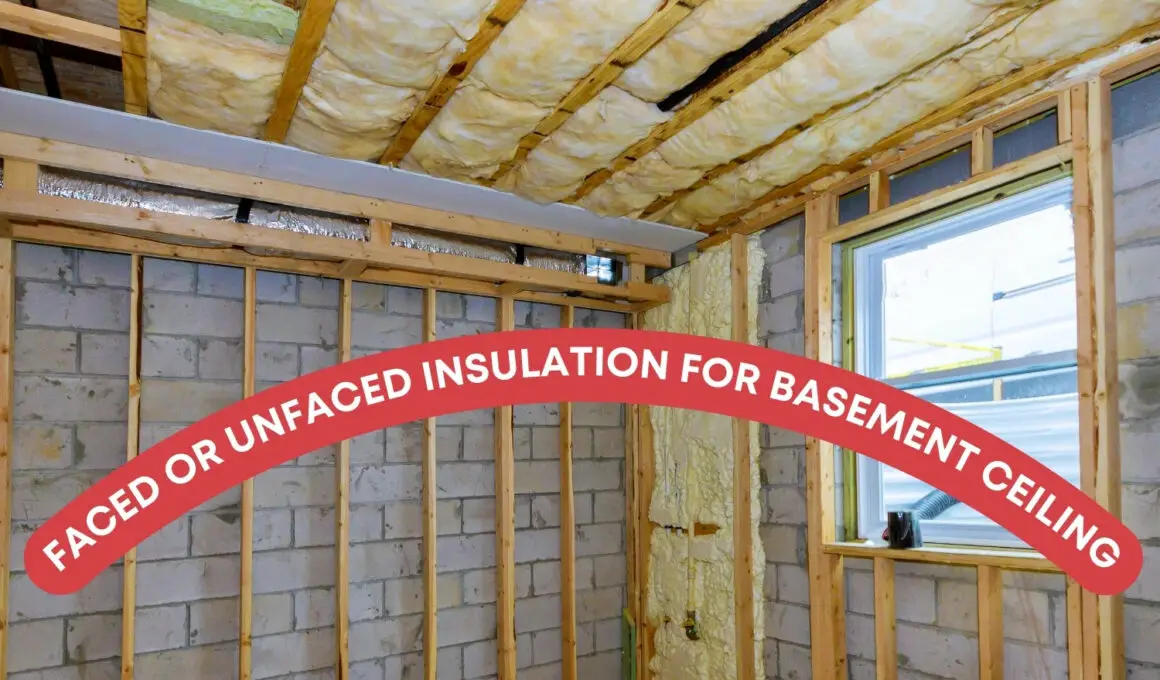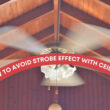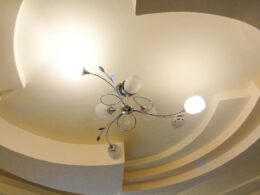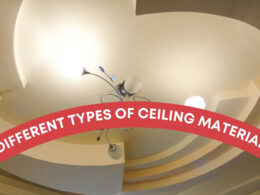Table of Contents Show
As a seasoned homeowner and contractor, I’ve had the opportunity to work on numerous house projects, leaving a trail of satisfied clients in my wake. When it comes to finishing a basement, one of the critical decisions is selecting the right insulation.
Insulation in a basement plays a pivotal role in not only maintaining a comfortable living space but also in ensuring energy efficiency. Whether you’re renovating an old space or starting from scratch, understanding the differences between faced and unfaced insulation is crucial.
Each type has its unique features, benefits, and potential drawbacks, particularly in a basement environment where moisture and temperature control are essential.
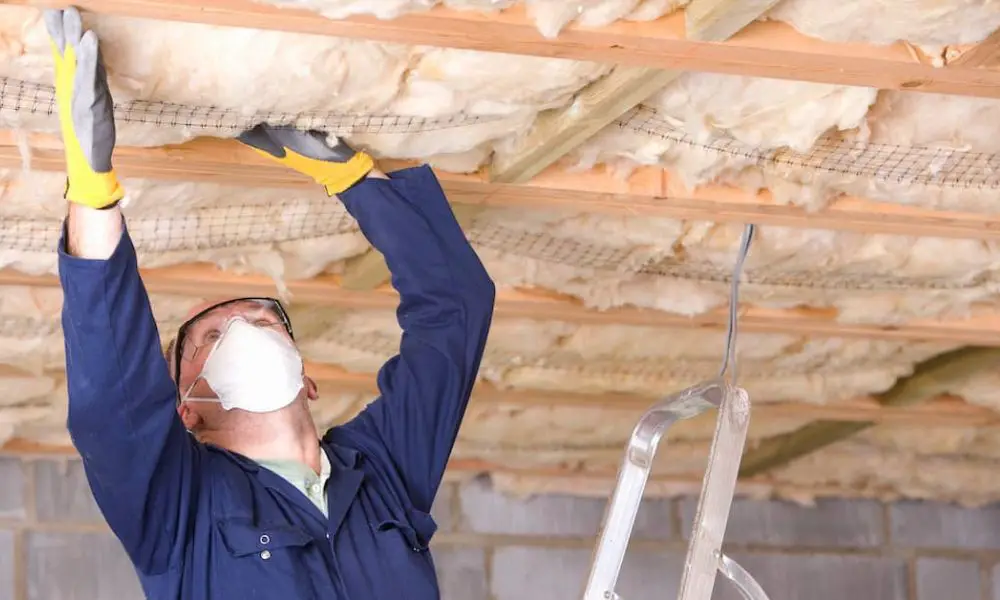
Faced Insulation for Basement Ceilings
Faced insulation, commonly used in basement ceilings, is a type of insulation material that comes with a vapor barrier attached to one side.
This vapor barrier is typically made of kraft paper, foil backing, or a plastic sheet. Its primary role is to prevent moisture from passing through, which is a significant concern in basement environments.
Benefits
- Moisture Control: The vapor barrier effectively prevents moisture ingress, a crucial factor in basements prone to dampness.
- Ease of Installation: The facing often doubles as a fastening mechanism, making it easier to install between joists or studs.
- Energy Efficiency: Keeping the basement dry and insulated, helps maintain a consistent temperature, contributing to overall energy savings.
- Structural Protection: It protects the building materials from potential moisture damage.
Potential Drawbacks
- Improper Installation Risks: If not installed with the vapor barrier facing the correct direction, it can trap moisture, leading to mold or structural issues.
- Cost: Faced insulation can be more expensive than its unfaced counterpart due to the additional vapor barrier.
- Limited Flexibility: It’s less adaptable in spaces where a separate vapor barrier might be preferable or where moisture is not a primary concern.
Unfaced Insulation for Basement Ceilings
Unfaced insulation is a type of insulation material that lacks the vapor barrier present in faced insulation. It’s essentially the raw insulation material, usually fiberglass or mineral wool, without any additional covering.
This form of insulation is commonly used in basement ceilings where specific moisture control measures are already in place or not required.
Advantages
- Flexibility in Application: Unfaced insulation can be used in various settings where an additional vapor barrier isn’t necessary or where custom moisture control solutions are preferred.
- Cost-Effective: Generally, it’s less expensive than faced insulation, making it a budget-friendly option.
- Ease of Adding Layers: It’s easier to add layers of unfaced insulation for increased thermal protection without worrying about multiple vapor barriers, which can trap moisture.
- Environmental Considerations: Certain types of unfaced insulation are made from recycled materials, appealing to environmentally conscious homeowners.
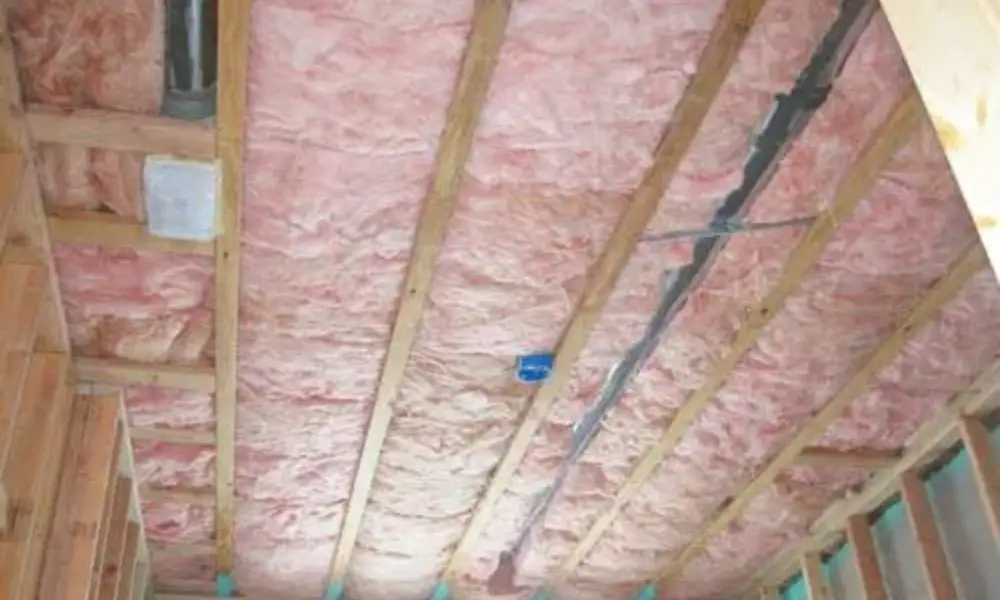
Disadvantages
- Lack of Moisture Control: Without an inherent vapor barrier, it requires careful assessment of basement moisture levels to avoid potential mold and mildew growth.
- Additional Materials May Be Needed: In some cases, a separate vapor barrier might need to be installed, adding to the overall cost and complexity of the project.
- Handling Care: Unfaced insulation, especially fiberglass, requires careful handling to avoid skin irritation or respiratory issues during installation.
Factors to Consider When Choosing Insulation
Selecting the right insulation for your basement ceiling requires a thoughtful consideration of various factors. These considerations ensure that your choice not only enhances comfort but also contributes to the safety and efficiency of your home.
1. Climate and Geographical Considerations
Different climates demand different insulation needs. In colder regions, higher R-value insulation, which indicates greater thermal resistance, is essential. Conversely, in warmer climates, a lower R-value may suffice.
Geographic location can also influence the type of insulation material best suited for your home, considering local weather patterns and humidity levels.
2. Moisture Levels in the Basement
Basements are prone to moisture, and the insulation you choose should address this. High moisture levels might necessitate faced insulation with a vapor barrier, while drier basements could be fine with unfaced insulation.
Assessing your basement’s current moisture control systems (like sump pumps or dehumidifiers) is crucial in this decision.
3. Fire Resistance and Safety Aspects
Consider the fire rating of the insulation material. Some materials offer better fire resistance than others, which is vital for overall home safety. Additionally, look into any chemical treatments the insulation might have for fire retardancy and their potential health implications.
4. Ease of Installation and Maintenance
The ease with which insulation can be installed should match your skill level, especially if you plan a DIY installation. Some insulation types may settle or degrade over time and may require occasional checks or maintenance.
In essence, the decision on which insulation to use in your basement should be a balance of environmental suitability, moisture control, safety considerations, and practicality in terms of installation and upkeep. These factors collectively determine the effectiveness and longevity of your insulation choice.






